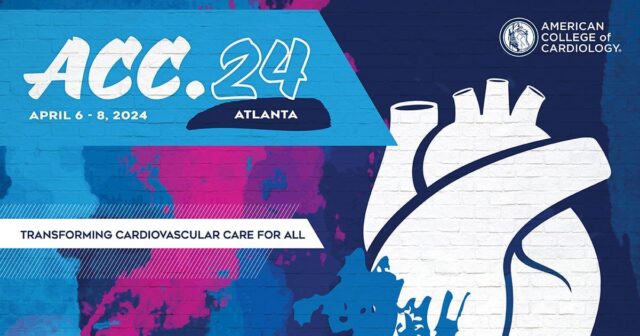Drug-coated balloons (DCB) have proven to be effective in the treatment of femoropopliteal pathology, although they entail complications such as recoil, residual stenosis, and dissection.

Their outcomes could be improved through proper and enhanced vessel preparation, both before and after the procedure. Intravascular ultrasound (IVUS) offers the advantage of characterizing plaque and assessing vessel diameter.
The aim of this study was to compare IVUS-guided angioplasty vs. conventional angiography in DCB (IN.PACT, Medtronic) treatment of femoropopliteal disease. Researchers included a total of 237 patients from 7 centers in Korea; these subjects were randomized to IVUS (n=119) and angiography (n=118). The primary endpoint was primary patency (PP) at 12 months.
The average age was 69 years; 85.7% of patients were men, 74.8% had claudication, and the rest had critical limb ischemia. Regarding characteristics, most lesions were TASC II C/D (67.2%).
Technical success was achieved in 76.5% of IVUS patients and 61% of those undergoing angiography. Post-procedure ankle-brachial index (ABI) was 0.99 and 0.93, respectively. When evaluating PP, better outcomes were observed in the IVUS arm (hazard ratio [HR], 0.46; 95% confidence interval [CI], 0.25-0.85; Log-rank P= 0.01). Additionally, considering secondary events, IVUS-guided treatment showed better results in terms of revascularization-free vessel (HR, 0.41; 95% CI, 0.19-0.90; Log-rank P= 0.03) and sustained clinical improvement (HR, 0.45; 95% CI, 0.23-0.86; Log-rank P=0.02).
In conclusion, IVUS guidance significantly improved DCB treatment outcomes in femoropopliteal disease, with better primary patency, greater freedom from new revascularization, and clinical improvement at 12 months.

Dr. Omar Tupayachi.
Member of the Editorial Board of SOLACI.org.
Original Title: Comparación de angioplastia dirigida por IVUS vs dirigido por angiografía en el tratamiento con balón con drogas para territorio femoropoplíteo.
Reference: Presentado por Dr. Young-Guk Ko en ACC.24 Late-Breaking Clinical Trials, 6-8 de abril, Atlanta.
Subscribe to our weekly newsletter
Get the latest scientific articles on interventional cardiology





